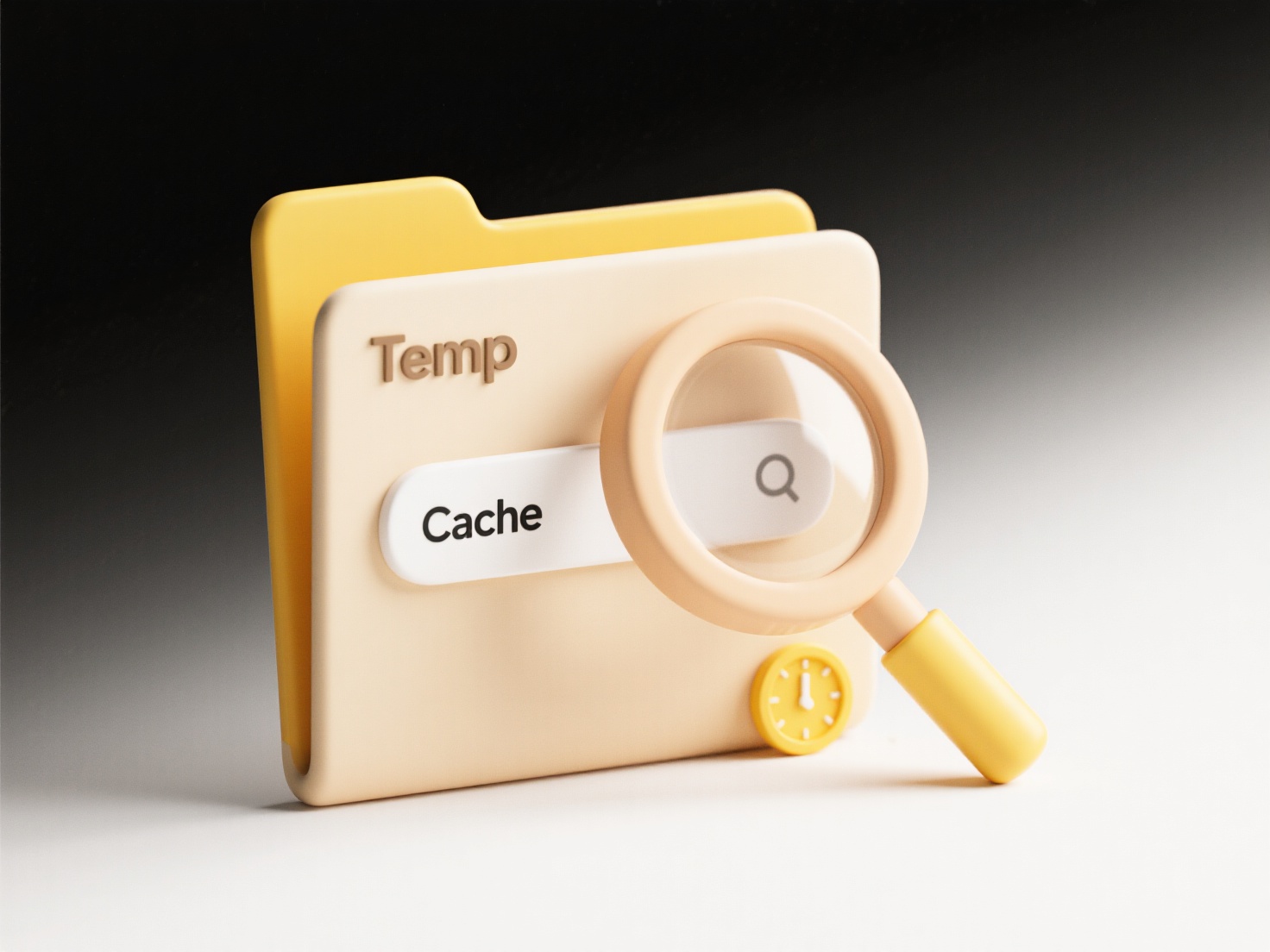
Cloud sync rules are user-defined settings that control how files and folders synchronize across devices through cloud storage services. They automate the process of keeping files updated between your local device (like a laptop or phone) and the cloud server, ensuring you access the latest version everywhere. Key functions include specifying exactly which folders sync, managing file version conflicts (e.g., keeping the newest edit), and controlling bandwidth usage during sync to avoid slowing down internet access.
A common example is using rules to sync only your active project folders to your laptop's local drive while leaving archived projects available only online, saving disk space. Development tools like Visual Studio Code often use sync rules to automatically push code changes to platforms like GitHub. Individuals leverage them in services like OneDrive, Google Drive, or Dropbox to automatically back up photos from their phone while only downloading essential documents to their tablet.

The main advantages are ensuring data consistency and enabling seamless offline access to key files. However, sync rules require careful setup; incorrect rules might lead to unintended file deletion or insufficient local storage. Their performance depends heavily on internet reliability and speed. Future advancements focus on smarter rules leveraging AI to predictively sync critical files and enhanced security features like encryption during sync for sensitive data.
What are cloud sync rules?
Cloud sync rules are user-defined settings that control how files and folders synchronize across devices through cloud storage services. They automate the process of keeping files updated between your local device (like a laptop or phone) and the cloud server, ensuring you access the latest version everywhere. Key functions include specifying exactly which folders sync, managing file version conflicts (e.g., keeping the newest edit), and controlling bandwidth usage during sync to avoid slowing down internet access.
A common example is using rules to sync only your active project folders to your laptop's local drive while leaving archived projects available only online, saving disk space. Development tools like Visual Studio Code often use sync rules to automatically push code changes to platforms like GitHub. Individuals leverage them in services like OneDrive, Google Drive, or Dropbox to automatically back up photos from their phone while only downloading essential documents to their tablet.

The main advantages are ensuring data consistency and enabling seamless offline access to key files. However, sync rules require careful setup; incorrect rules might lead to unintended file deletion or insufficient local storage. Their performance depends heavily on internet reliability and speed. Future advancements focus on smarter rules leveraging AI to predictively sync critical files and enhanced security features like encryption during sync for sensitive data.
Quick Article Links
How do I rename audio recordings by speaker name?
Speaker renaming for audio recordings involves assigning filenames based on speaker identities rather than generic names...
Why won’t a .dmg file open on Windows?
DMG files are Apple's disk image format, designed specifically for macOS. They act like virtual disks, containing files,...
How do I access my saved file later?
Accessing a saved file refers to retrieving a digital document, image, or other data stored on your computer, a network ...